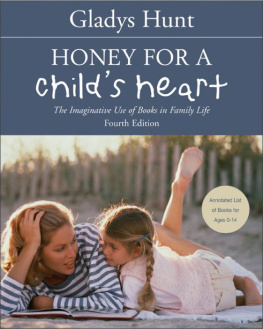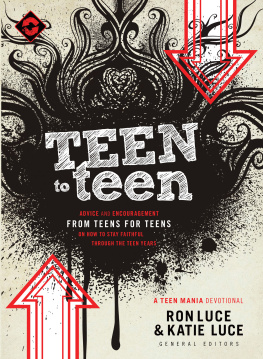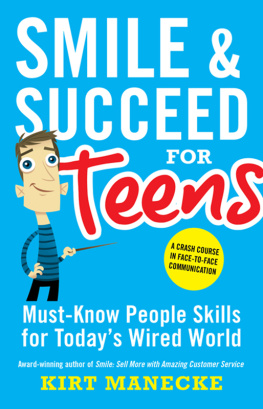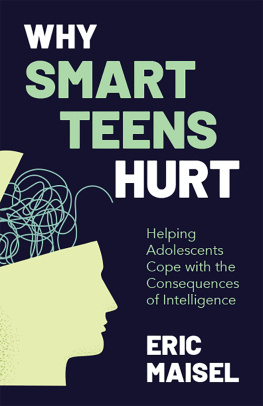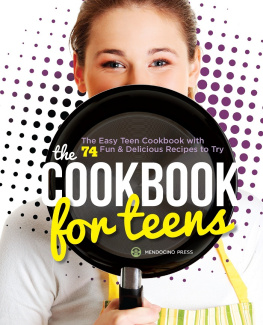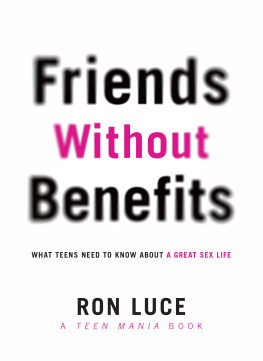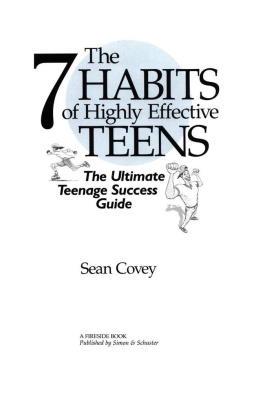Dedicated to our book lovers
Jedediah
Austin
Jenny
Ellen
Karen
who are always eager for the adventure of a good story!
Pleasant words are a honeycomb; Sweet to the soul and healing to the bones.
PROVERBS 16:24
H oney for a Childs Heart has been one of the most satisfying books I have written. It is an inspirational, motivational annotated guide to selecting books for children and, over the course of more than thirty years, thousands of parents have used it to introduce their families to good books. That reality is awesome. I feel privileged to have entered the lives of so many people, and I am especially glad to receive letters like this one from Shirley Woolsey, a mother of five children, who has raised a family of book lovers.
When your book Honey for a Childs Heart was featured on the magazine cover, I knew that it is what I wanted for our kids: honey for their hearts. Imagine my delight when my husband brought your book home for our family to use. I began marking the books that I wanted for the children and hunted for them in the library. Can you believe that I was the valedictorian of both my high school and college class and had never been in a public library?
We have been reading ever since. We read The Secret Garden during a family vacation in the hill country of Texas. We read Heidi during a camp in the Colorado mountains. Weve recently read Where the Red Fern Grows and included another family in the reading. Weve read the favorites: the Laura books (the kids were indignant that the TV Pa didnt have a beardand Jack wasnt the right kind of dog), the Pooh books, the Narnia books, and because of you I am finishing C. S. Lewiss science-fiction trilogy, and Craig has read Tolkien. We loved The Good Master and Lambs Shakespeare for children. And the real version of Mary Poppins.
For me it is more than receiving a positive letter; its imagining all those parents, children, and teenshaving fun with books! I feel connected to families like these, all of whom are finding out what good books can do.
It is time now for Honey for a Teens Heart. Parents have been asking me about books as their children have grown older, and an explosion of books labeled Young Adult Fiction has poured from publishing houses in the last few yearsa category of books that
When people read together, they share something of themselves and know each other in important ways that keep teens respectful and caring.
hardly existed when I first wrote Honey for a Childs Heart. Some of the output is confusing, reflecting sophisticated urban values and lifestyles that add to teenage chaos, rather than helping to resolve the questions teens have about relationships and self-worth. Other parents are concerned that their teens, who were avid readers in elementary school, have stopped reading and use their free time for sports or exploring pop culture movies, television, videos, music, computer games, and the Internet.
Family life with teens becomes increasingly hectic. Hours are spent in the car, taking kids to soccer, hockey, baseball, music lessons, and whatever. Meals are often eaten on the run. Teens get jobs and their schedules keep them away from home or doing homework. Most families hardly have time to talk about important things or relate to each other in meaningful ways. Parental duties narrow down to the management of schedules.
What we are proposing in this book goes against this cultural grain. This book talks about reading and listening to each other, talking about ideas. It gives clues about how to do it. We believe it is possible to have a growing friendship with our children as they mature, rather than a growing alienation. Parents and teens both profit from time spent in knowing each other and sharing feelings and ideas.
We present these ideas with enthusiasm because parents need to think about whether they are giving too much ground to cultural pressures instead of establishing their own family cultureone that nurtures the inner lives and values of young adults. All parents need to ask who is in charge of our family life? It is too easy to let it get out of hand or simply to go with the flow.
Barbara Hampton and I have found that books open up important areas of life that need thinking and talking about. A book can tear down defenses and build a bond of closeness more easily than anything we know. Stories often leave us vulnerable. We find ourselves sharing our own stories. Families need all the encouragement they can get to keep their members functioning as a family rather than as a group of individuals living separate lives. Dont wait too long to initiate a nourishing pattern of family life, but dont ever think that it is too late to start.
We hope that both the chapter content and the bibliography in this book will help you in establishing this kind of relationship with your teens. I have written the motivational chapters in this book. My book-loving friend Barbara Hampton is responsible for the bibliography. I love her concise use of language in her annotations. She is the mother of three book-reading grown daughters. Barbara has degrees in journalism and English from the University of Michigan and the University of Wisconsin. She is presently a freelance writer, adjunct professor of First Year Seminar, and a consultant at the Writing Center of the College of Wooster, Ohio, where her husband, Charles, is a mathematics professor.
I have a degree in journalism from Michigan State University and have loved writing since I was young and composed rhymes for family greeting cards and wrote productions for school assemblies. After marriage and the early days of parenting I began writing articles about subjects of interest for various journals, honing my skills. Since those days I have written twenty-two books, largely inspired by issues that came from our work with university students in InterVarsity Christian Fellowship. As a mother and grandmother I am seeing the happy fruits of putting good ideas to workideas like this book.
The project has been exhilarating. When I think about the richness that books can bring to your life, I want to sound a trumpet and ring bells to get your attention and then shout about the importance of being a lifelong reader. I am convinced about using books in teens livesso convinced that when I see families with rebellious, non-communicating teens, I sometimes remark to my husband, Keith, (who is a great read-aloud story person) that I wonder if that family ever read books together. My experience has been that when people read together, they share something of themselves and know each other in important ways that keep teens respectful and caring. Family members bond together over great literature and have a common treasure to draw on in discussing almost anything. Good books can show you your heart and your values. Books can illumine lifes choices.
The wonderful thing about books is that while building strong values in us, they are pure pleasure to read. We laugh, we cry, we sit on the edges of our chairs in suspense, we create kings and kingdoms and whole new worlds in our heads. We underline important ideas and share a good story line with our friends. Memorable characters are forever etched in our minds. Language from the story becomes part of our daily idiom.
Our hopeBarbaras and mineis that reading this book and using its bibliography will spur your family on to even greater treasures of literature.
GLADYS HUNT
GRAND RAPIDS, MICHIGAN
E ver since the 1960s parents have been wondering how to protect their children against the cultural onslaught that has ravished teenage life for so many. Some want to cloister their children and separate them from wrong ideas and pressures. Home schooling and parochial schools are ways to try to do this. Others have depended on the church youth program to divert their teens from danger. Sometimes this means that parents are asking youth leaders to do what they cant do. Often this involves generous spending money for white-water rafting, trips to amusement parks, and all sorts of adventures that keep kids in the right company but apart from the family.
Next page

